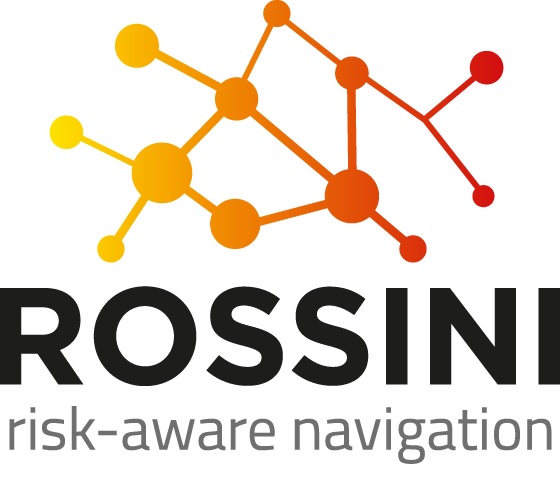
The aim of this project is the design, implementation and experimental validation of the ROSSINI prototype system that enables risk-aware navigation in industrial plants at risk of major accidents.
This system allows each worker to be guided around the plant while minimising risk, for example by avoiding crossing areas that have suffered structural collapse or where hazardous substances have been released. This system is based on quantitative analysis and risk management models informed by early-warning sensors and smart technology that, in the case of a seismic event, can identify the probability and severity of damage to industrial plants.
The project aims to develop new knowledge and provide the necessary tools for implementation, in particular:
A. Identification of the most suitable and cost-effective sensors, among those available on the market, and definition of the relevant activation thresholds for the reference plant typology.
B. Implementation, within a decision-making process, of new probabilistic methodologies for the real time use of data acquired by early-warning sensors in an industrial plant.
C. Adaptation of advanced quantitative risk analysis models to simulate the plant response in terms of environmental release following a NaTech event and the assessment of the health risk associated with exposure to the released toxic substances.
D. Creation of a risk-aware navigation system that is robust even in the event of a NaTech event and that provides clear navigation instructions even in emergency situations (e.g. when visibility is limited).
E. Obtaining new experimental data to validate the system through a pilot case study.
Gerard O’Reilly, Gian Michele Calvi, Ricardo Monteiro, Guido Andreotti
